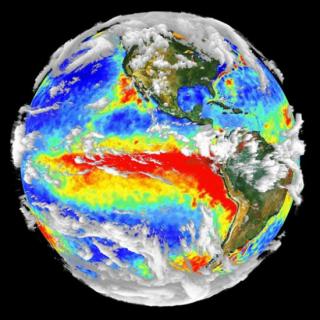Se observa en la Vía Láctea un cuerpo celeste de extraño comportamiento. Un equipo de astrónomos, lilderados por el investigador Alberto J. Castro Tirado, del Instituto de Astrofísica de Andalucía, y en el que participan varios investigadores del IAC, ha descubierto en la Vía Láctea un extraño objeto, denominado SWIFT J195509+261406, con un comportamiento único. En apenas tres días, tras detectarse una emisión en rayos gamma, se observó en el óptico un total de cuarenta erupciones y once días después, una pequeña erupción visible en el infrarrojo antes de desaparecer. Los resultados se han
Advertised on
